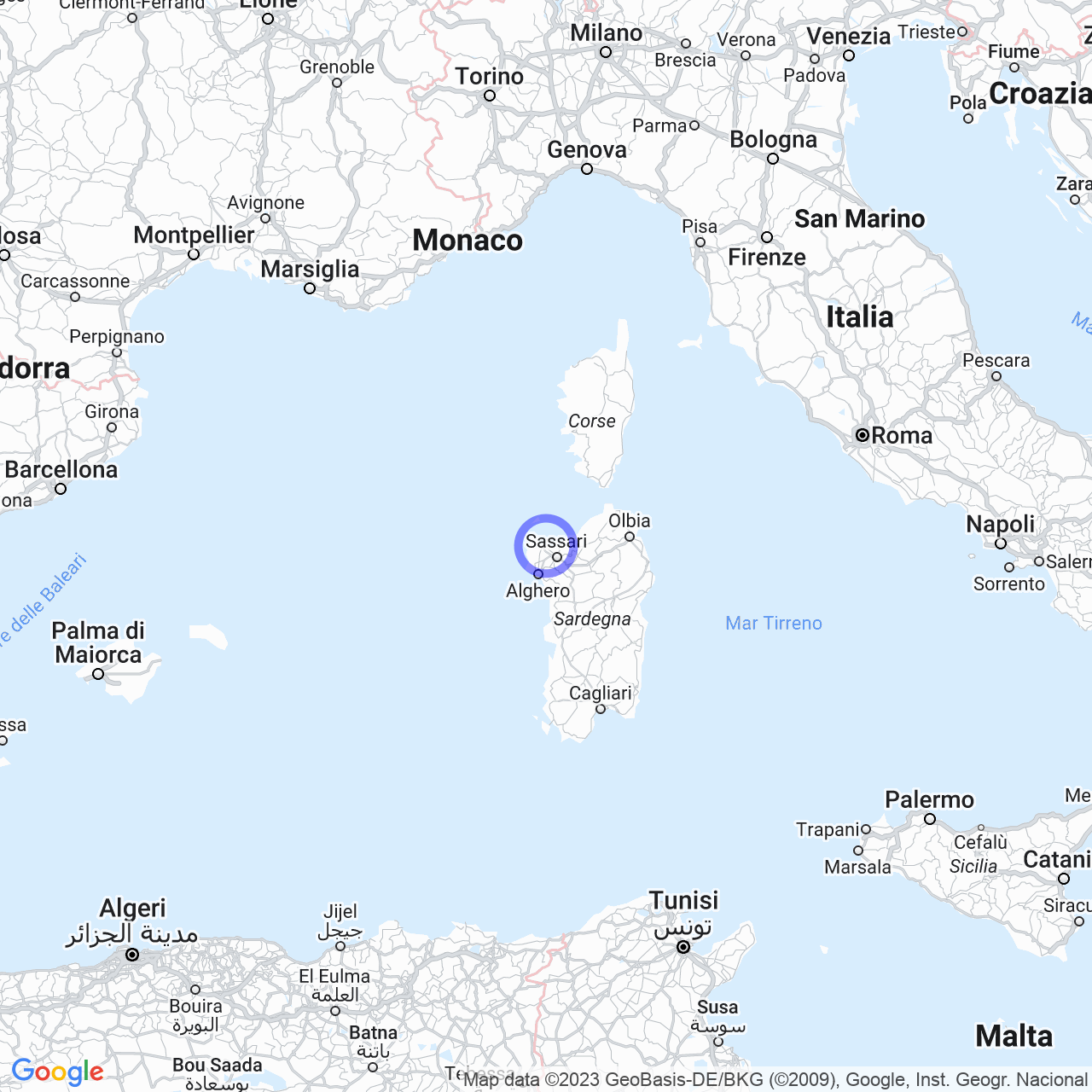Porto Torres
Discovering Porto Torres: A City with Roman Roots
Porto Torres, or Posthudòrra in Sassarese, is a city in the North of Sardinia's metropolitan network, in the province of Sassari. It has a millenary history and a strategic position in the territory. Founded by the Romans in the 1st century BC at the mouth of the Mannu River, Porto Torres currently has over 21,000 inhabitants and is renowned for its industrial zone, the largest in Sardinia, which was once the core of the city's economy and production.
Over time, however, the city has undergone progressive deindustrialization linked to the establishment of the Asinara National Park, and its economy has had to reinvent itself. In recent years, Porto Torres has begun a transformation from an industrial center to a tourist destination, taking advantage of the increased flow of tourists to Sardinia.
The Physical Geography of Porto Torres: Territory and Climate
The territory of Porto Torres extends over the northwestern part of Sardinia's coast, inside the Gulf of Asinara, and is crossed by two rivers: the Riu Mannu and the Fiume Santo. Much of the non-insular territory is constituted by the second Sardinian plain of Nurra, with some exceptions like the hills, among which Monte Alvaro stands out as the highest with its . Porto Torres has a Mediterranean climate, with an average annual temperature of approximately and an average precipitation of about .

The History of Porto Torres: From Origins to Present Day
As the first Roman colony on the island, Porto Torres has a very rich historical past during which it enjoyed great prestige in the Sardinian context, especially because of its port. The ancient capital of the Judicature of Torres, Porto Torres lost its function as the main urban center in the Middle Ages, being replaced by the city of Sassari. Becoming independent from Sassari in 1842, Porto Torres was granted city status in 1960. Starting from the 1960s, the city experienced a phase of great growth thanks to its industrial zone, which became the core of the city's economy and production.
Industrial Conversion to Tourism
The establishment of the Asinara National Park, which includes the Asinara Island, has had a strong influence on the city of Porto Torres, progressively causing the decline of the industrial sector that represented its lifeblood. In recent years, however, the city has reinvented itself, starting a conversion from an industrial center to a tourist destination, exploiting the beauty of the territory and its proximity to the main attractions of Sardinia.
Porto Torres: Between Nature and Culture
The city of Porto Torres offers countless tourist attractions, starting from the Asinara National Park, one of Italy's most important natural parks. But not only that: the city boasts a wide choice of archaeological areas to visit, such as the Roman necropolis of Su Crucifissu Mannu and the Roman bridge of Porto Torres, one of the best preserved Roman works in the whole of Sardinia. Moreover, the beaches of Platamona, Balai, Lo Scogliolungo, and La Renaredda represent a destination for tourists from all over the world.
Conclusion
Porto Torres is a city with a rich historical past and a strategic position in the territory. Faced with progressive deindustrialization, the city has been able to reinvent itself in a new way, becoming a tourist destination of great importance for Sardinia. Thanks to its countless tourist attractions, ranging from archaeological heritage to natural parks and beaches, Porto Torres represents an ideal destination for anyone who wants to experience an authentic and captivating experience in the land of sun and sea.
